Search the Special Collections and Archives Portal
Search Results
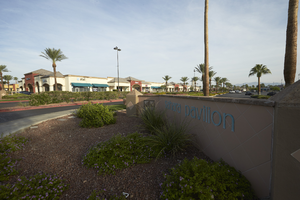
Sign at the Sahara Pavilion North, looking northwest from West Sahara Avenue east of Decatur Boulevard, Las Vegas, Nevada: digital photograph
Date
2017-09-19
Archival Collection
Description
A sign advertising the Sahara Pavilion North.
Image
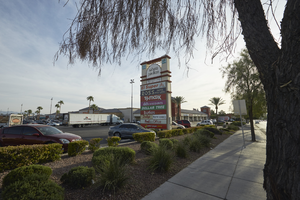
Signs at the Sahara Pavilion North, looking north from West Sahara Avenue east of Decatur Boulevard, Las Vegas, Nevada: digital photograph
Date
2017-09-19
Archival Collection
Description
Signage advertising the Sahara Pavilion North commercial center.
Image
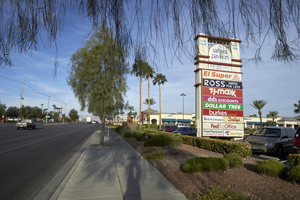
Signs at the Sahara Pavilion North, looking north from West Sahara Avenue east of Decatur Boulevard, Las Vegas, Nevada: digital photograph
Date
2017-09-19
Archival Collection
Description
Signage advertising the Sahara Pavilion North commercial center.
Image
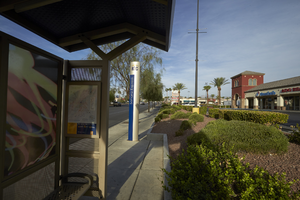
Bus stop at Sahara Pavilion North, looking west from West Sahara Avenue east of Decatur Boulevard, Las Vegas, Nevada: digital photograph
Date
2017-09-19
Archival Collection
Description
An RTC bus stop sits next to the Sahara Pavilion North commercial center.
Image
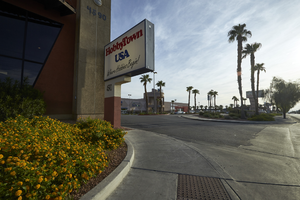
Commercial development looking northeast from West Sahara Avenue east of Decatur Boulevard, Las Vegas, Nevada: digital photograph
Date
2017-09-19
Archival Collection
Description
A commercial building at 4590 West Sahara Avenue east of Decatur Boulevard.
Image
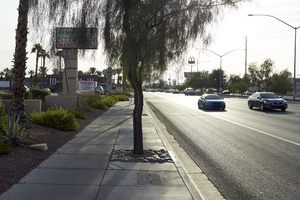
Sidewalks, looking east from West Sahara Avenue east of Decatur Boulevard, Las Vegas, Nevada: digital photograph
Date
2017-09-19
Archival Collection
Description
Sidewalks along West Sahara Avenue as seen east of Decatur Boulevard.
Image
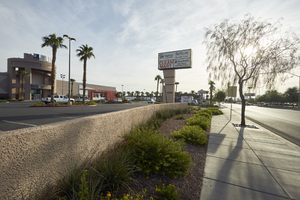
Commercial develoment, looking east from West Sahara Avenue east of Decatur Boulevard, Las Vegas, Nevada: digital photograph
Date
2017-09-19
Archival Collection
Description
A commercial development at 4580 West Sahara Avenue east of Decatur Boulevard.
Image
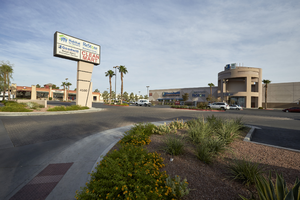
Commercial develoment, looking east from West Sahara Avenue east of Decatur Boulevard, Las Vegas, Nevada: digital photograph
Date
2017-09-19
Archival Collection
Description
A commercial development at 4580 West Sahara Avenue east of Decatur Boulevard.
Image
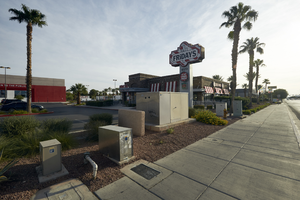
Utility boxes, looking northeast from West Sahara Avenue east of Decatur Boulevard, Las Vegas, Nevada: digital photograph
Date
2017-09-19
Archival Collection
Description
Utility boxes line the landscape area in front of a restaurant on West Sahara Avenue east of Decatur Boulevard.
Image

Graffiti covered utility box on West Sahara Avenue east of Decatur Boulevard looking west, Las Vegas, Nevada: digital photograph
Date
2017-09-19
Archival Collection
Description
Graffiti covers a utility box sitting along West Sahara Avenue.
Image
Pagination
Refine my results
Content Type
Creator or Contributor
Subject
Archival Collection
Digital Project
Resource Type
Year
Material Type
Place
Language
Records Classification
